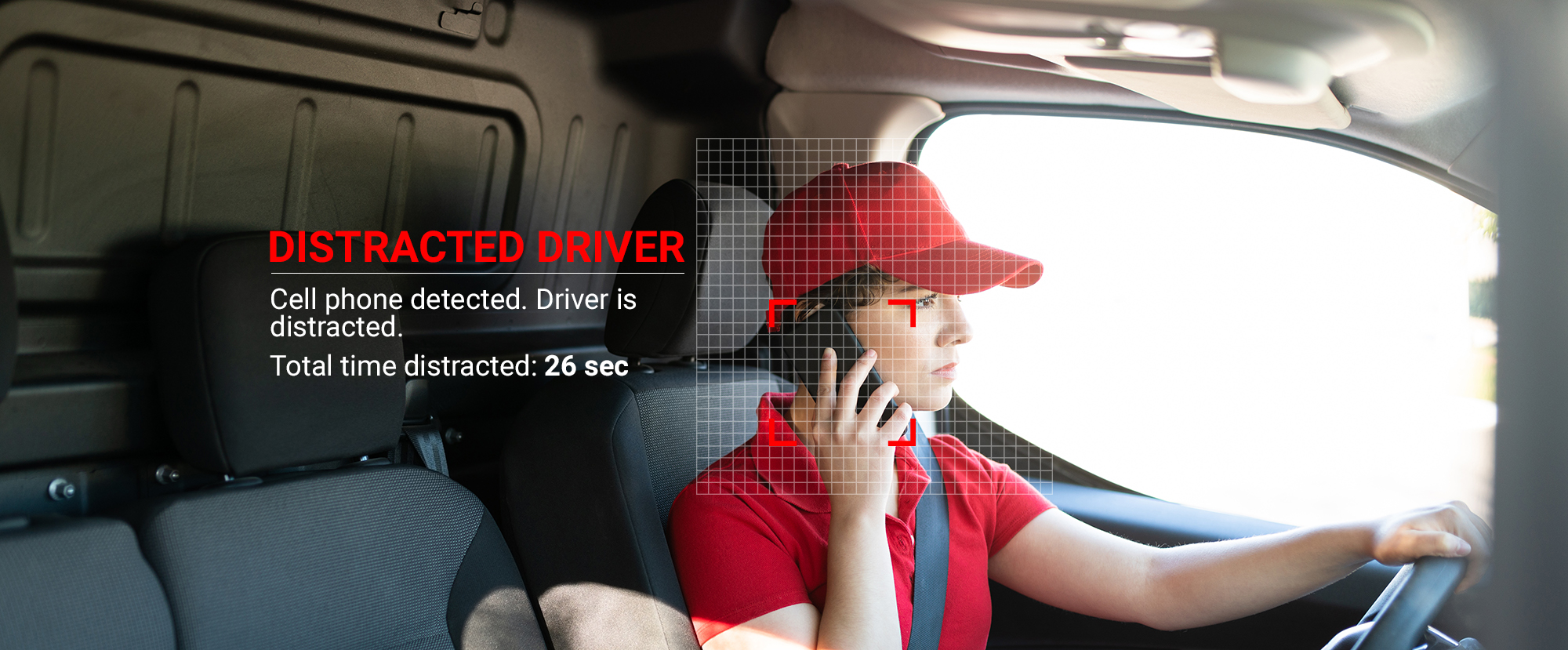We use cookies to make your experience better. To comply with the new e-Privacy directive, we need to ask for your consent to set the cookies. Learn more.
How AI Video Telematics Saves Your Bottom Line

How AI video telematics saves your bottom line
For fleet organizations that depend on drivers, video telematics and dash cam systems are a useful tool to increase safety and productivity. Fleet managers may better comprehend what is happening on the road and cope with the issues their drivers deal with every day by using cameras that can see inside and outside of a vehicle.
Will the advantages of dash cams and video telematics outweigh the costs?
Fleets may be interested in investing in video dash cam technology but are concerned if the advantages will outweigh the expenses, even though a variety of solutions with many capabilities are available.
Fleets can enter their costs into a Return On Investment (ROI) calculator provided by the Virginia Tech Transportation Institute to receive a ballpark figure. However, once they have included a video surveillance system in their company, fleets are likely to experience benefits that go beyond the expenditures.
Taking steps to reduce liability for fleet accident lawsuits
Fleets that rely on drivers to drive hundreds of miles each day face an ongoing threat from expensive accidents and legal action. The danger is only getting worse. According to research from the American Transportation Research Institute, over 300 cases resulted in judgments of over $1 million, increasing the size of jury damages against trucking fleets by 51.7% yearly from 2010 to 2018.
Video surveillance offers a neutral witness to these occurrences, providing fleets the opportunity to avoid unfair accusations or completely clear their drivers. Fleets will be able to identify drivers who are at blame immediately and work toward a settlement, potentially saving time and money that otherwise would be spent defending the case.
The installation of video cameras in your fleet vehicles may not result in a rate reduction from insurance carriers. However, fleets may be able to cut their rates and lower the cost of incident claims and the overall number of incidents.
Taking care of brand reputation
One of a fleet's most crucial brand ambassadors is its drivers out in the field. But video monitoring systems give a proactive way to watch the interactions your drivers have regularly, as opposed to sticking a passive, "How's my driving?" sticker on the back of your vehicles.
This is true of all drivers, not just those who drive recklessly or park poorly. Fleets can remotely monitor their on-duty drivers using driver-facing cameras to ensure that they conduct themselves professionally within the cab.
Fleets will be able to handle the matter with the driver personally and with supporting documentation if they are not wearing the appropriate uniform while on duty or are being impolite to others.
Increasing the fleet's safety
Improving the safety record of your fleet is among the finest justifications for investing in a video monitoring system.
"The size of verdict awards against trucking fleets rose 51.7 percent annually from 2010 to 2018. In the first five years of the study, there were 26 cases over $1 million, and in the last five years of the data, there were nearly 300 cases."
– American Transportation Research Institute
After a pilot test of the system revealed remarkable results in 2021, Amazon announced that it deployed camera monitoring systems on all of its delivery vans. The eCommerce behemoth told Business Insider that in its early testing, accidents decreased by 48%, stop-sign violations by 21%, driving without a seatbelt by 60%, and distracted driving by 45%.
Fleets can achieve similar safety advantages most effectively by integrating video surveillance with a strong safety culture and driver coaching.
Increasing fleet performance
Fleet managers can follow the movements of their cars throughout the day with the use of video monitoring systems that frequently have a tracking component. Fleets can ensure that drivers use their time effectively by using the dashboard application.
Video can be used to identify the cause of a delay if a motorist makes an unexpected halt while on duty or travels further than anticipated. It's critical for fleets to have confidence that their drivers are making the best choices in a field where time is money.










